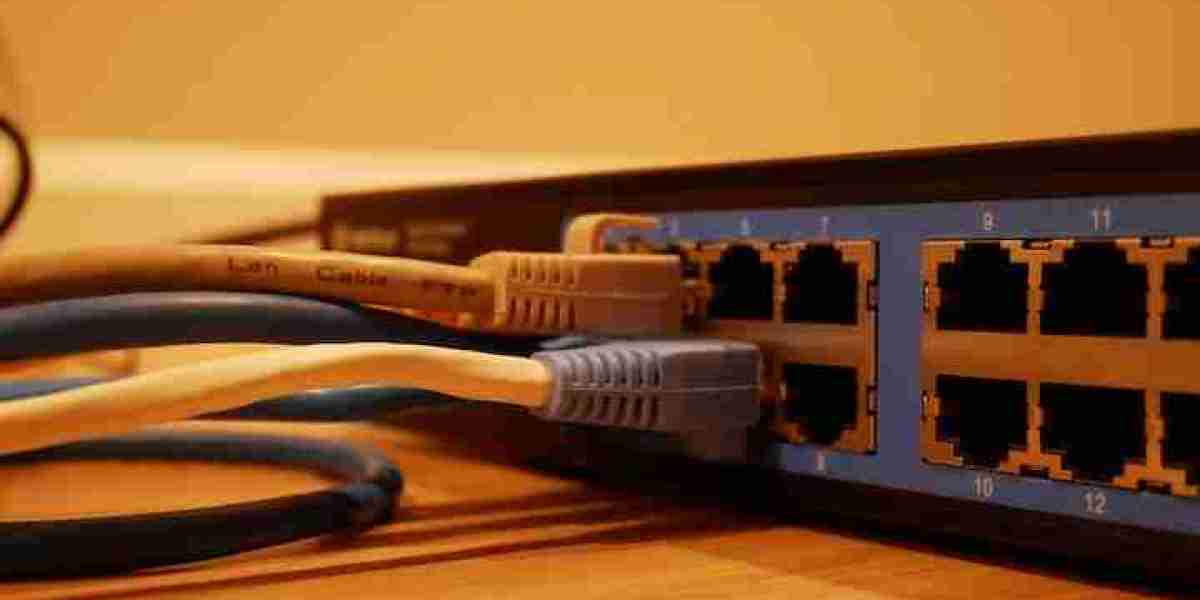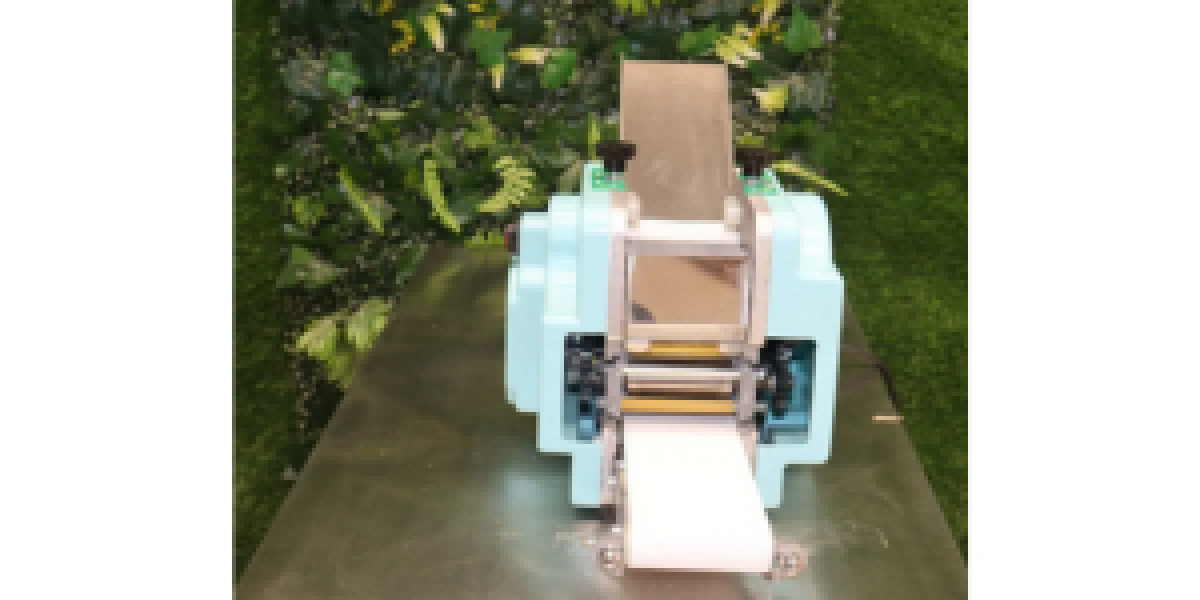Introduction:
When it comes to deploying wireless access points (APs), finding the right solution for your network can be a daunting task. With various options available, it's essential to make an informed decision that aligns with your network requirements. This blog aims to simplify the process by presenting a comprehensive Unifi AP comparison chart. By understanding the features and specifications of different Unifi AP models, you can make an educated choice and ensure optimal wireless performance for your network.
Understanding Unifi AP:
Unifi AP is a popular line of wireless access points developed by Ubiquiti Networks. Known for their reliability, scalability, and extensive feature set, Unifi APs have gained significant traction in both residential and commercial environments. Whether you need to provide wireless connectivity in an office, educational institution, or public venue, Unifi APs offer robust solutions to meet diverse networking needs.
The Importance of Choosing the Right Unifi AP:
Selecting the appropriate Unifi AP for your network is crucial for several reasons:
a. Performance: Different Unifi AP models offer varying performance capabilities, including data throughput, range, and concurrent user support. Choosing the right model ensures that your network can handle the expected user load and data transfer requirements without compromising on speed or reliability.
b. Coverage Area: Unifi APs come in different form factors, each with its own coverage characteristics. It's important to consider the size and layout of the area you need to cover to determine the suitable AP model. Factors such as building materials, obstructions, and interference sources should also be taken into account to maximize coverage.
c. Scalability: If you anticipate network growth or have a large-scale deployment, scalability becomes a crucial factor. Unifi APs offer seamless integration with the Unifi Controller software, allowing you to easily add and manage multiple APs from a centralized interface. Selecting a scalable model ensures that your network can expand as your needs evolve.
d. Features and Functionality: Unifi APs offer a wide range of features and functionalities, such as advanced security options, guest access controls, VLAN support, and seamless roaming capabilities. Understanding these features and how they align with your network requirements is essential for providing a secure and efficient wireless experience to users.
Unifi AP Comparison Chart:
To assist you in making an informed decision, let's explore a comparison chart highlighting key features and specifications of popular Unifi AP models:
Model Max. Throughput Concurrent Users Coverage Range Form Factor PoE Support Antenna Type
AP-AC-Lite 1167 Mbps 200+ 122 m (400 ft) Indoor 24V PoE Internal
AP-AC-Pro 1750 Mbps 200+ 122 m (400 ft) Indoor/Outdoor 802.3af PoE Internal/External
AP-AC-LR 1317 Mbps 200+ 183 m (600 ft) Indoor 24V PoE Internal
AP-AC-HD 2533 Mbps 500+ 122 m (400 ft) Indoor/Outdoor 802.3at PoE+ External
AP-AC-Mesh 1167 Mbps 200+ 122 m (400 ft) Indoor/Outdoor 24V PoE External
Note: The above chart showcases a few selected Unifi AP models. Ubiquiti Networks offers additional models and form factors to cater to various networking needs.
Making the Right Choice:
Consider the following factors when using the Unifi AP comparison chart to make your selection:
a. Network Requirements: Evaluate your network requirements, such as expected user load, desired throughput, and coverage area. This information will help you identify the models that align with your needs.
b. Budget: Set a budget for your AP deployment, keeping in mind that different models have varying price points. Ensure that the chosen model provides a balance between performance and cost-effectiveness.
c. Future Expansion: If you anticipate future network expansion, choose a model that offers scalability options, allowing you to seamlessly integrate additional APs into your network infrastructure.
d. Specialized Features: Consider any specialized features you may require, such as advanced security options or outdoor capabilities. These features should align with the specific demands of your network environment.
Conclusion:
Choosing the right Unifi AP for your network is a crucial step in providing reliable and efficient wireless connectivity. By leveraging the Unifi AP comparison chart and considering factors such as performance, coverage area, scalability, and features, you can make an informed decision. Remember to assess your network requirements, budget, and potential future needs. With the right Unifi AP in place, you can create a robust and scalable wireless network that meets the demands of your users, ensuring seamless connectivity and enhanced productivity.









